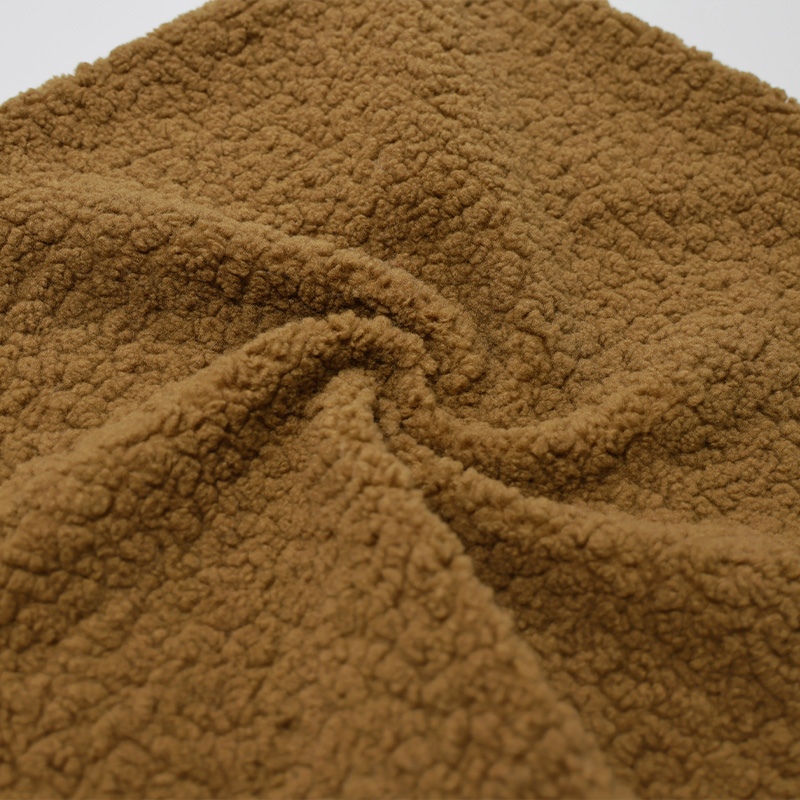











In the realm of fashion and textile industries, imitation lamb fur has emerged as a notable player, captivating the attention of both designers and consumers alike. This synthetic alternative to genuine lamb fur presents a fascinating blend of advantages and drawbacks that shape its market presence and influence industry trends. This article endeavors to provide a balanced perspective on the pros and cons of imitation lamb fur, offering insights into its current standing and future implications.

Advantages of Imitation Lamb Fur
1. Cost Efficiency
One of the most prominent advantages of imitation lamb fur is its cost-efficiency. Compared to genuine lamb fur, which can be prohibitively expensive due to its scarcity and production processes, imitation fur offers a more affordable alternative. This makes it accessible to a broader consumer base, enabling fashion lovers to embrace trendy designs without breaking the bank.
2. Versatility in Design
Imitation lamb fur boasts impressive versatility in design. Manufacturers can produce a wide array of textures, colors, and patterns, catering to diverse tastes and preferences. This flexibility allows designers to innovate and experiment with new aesthetics, pushing the boundaries of fashion and meeting the ever-evolving demands of consumers.
3. Easy Care and Maintenance
Another significant advantage of imitation lamb fur lies in its ease of care and maintenance. Unlike genuine fur, which requires specialized cleaning and handling, imitation fur can be washed and dried using standard household appliances. This convenience appeals to consumers who prioritize practicality and ease of use.
4. Ethical Alternative
The ethical considerations surrounding the use of genuine fur have sparked heated debates in recent years. Imitation lamb fur emerges as a compassionate alternative, appealing to consumers who are concerned about animal welfare and seek cruelty-free options. This ethical dimension can enhance brand reputation and attract socially responsible consumers.
Drawbacks of Imitation Lamb Fur
1. Durability Concerns
Despite its many advantages, imitation lamb fur faces durability challenges. Synthetic fibers tend to wear out faster than natural fur, especially under frequent use and cleaning. This can affect the longevity of the product, leading to increased replacement costs and environmental waste.
2. Appearance and Authenticity
The appearance and authenticity of imitation lamb fur are often debated. While manufacturers have made significant strides in creating realistic-looking synthetic fibers, some consumers may still prefer the unique texture,光泽度, and natural variations of genuine lamb fur. This can limit the appeal of imitation fur in high-end fashion markets where authenticity and exclusivity are valued.
3. Sensitivity to Weather Conditions
Imitation lamb fur may not perform optimally in all weather conditions. In extremely hot environments, it may lack the breathability of natural fur, leading to discomfort. Conversely, in cold climates, its insulation properties may not match those of genuine fur, limiting its practicality in diverse settings.
4. Consumer Perception
Lastly, consumer perception poses a significant challenge for imitation lamb fur. While some consumers appreciate the ethical and cost-effective aspects of synthetic fur, others may still associate genuine fur with luxury and authenticity. This divide in consumer sentiment can affect demand and market acceptance for imitation fur products.
Balancing the Scales
As the fashion and textile industries continue to evolve, balancing the advantages and drawbacks of imitation lamb fur is crucial. Manufacturers and designers must consider the practical needs and preferences of consumers while addressing durability and appearance concerns. Innovations in synthetic fiber technology can help mitigate some of these drawbacks, enhancing the overall quality and appeal of imitation fur.
Moreover, educating consumers about the benefits and limitations of imitation lamb fur can foster a more informed market. By highlighting its cost-efficiency, ethical appeal, and ease of care, while also acknowledging its durability and appearance challenges, businesses can build trust and loyalty among their target audience.
In conclusion, imitation lamb fur presents a complex picture of advantages and drawbacks that shape its role in industry trends. By understanding and addressing these factors, businesses can harness the potential of imitation fur, catering to the diverse needs and preferences of consumers while contributing to the growth and innovation of the fashion and textile industries.